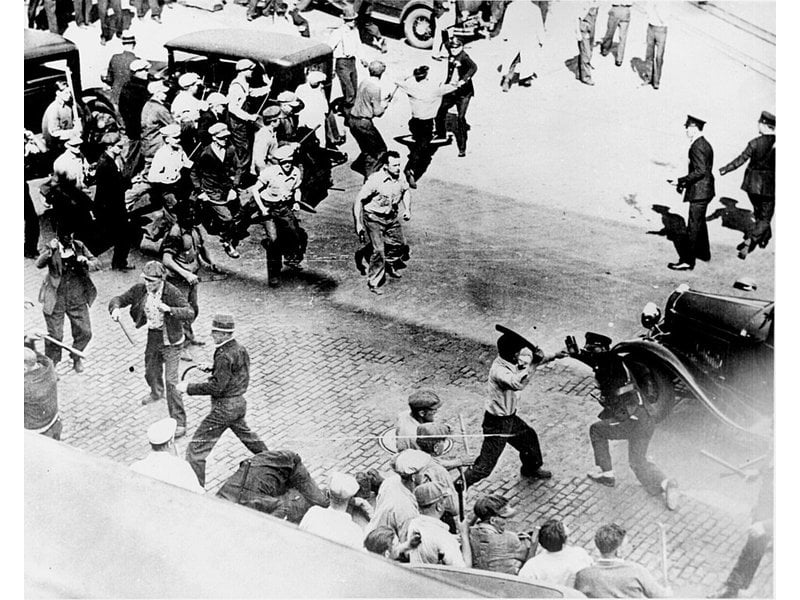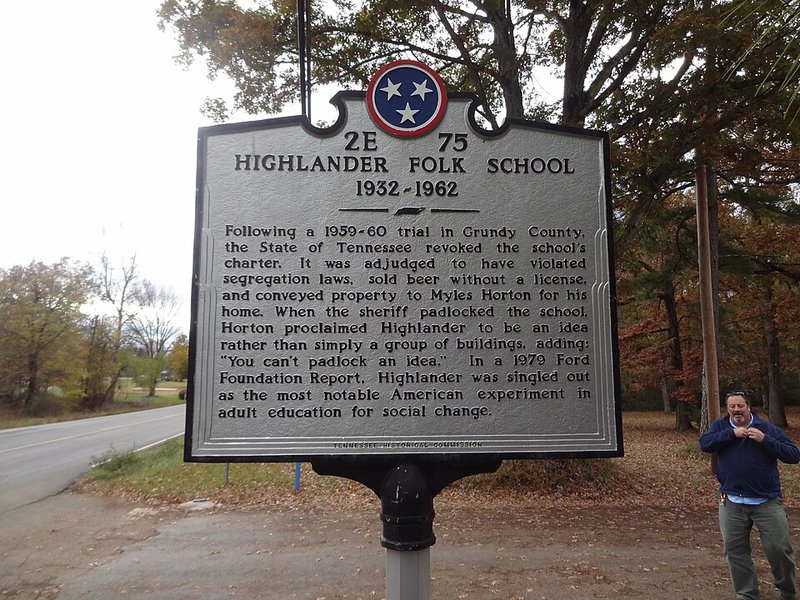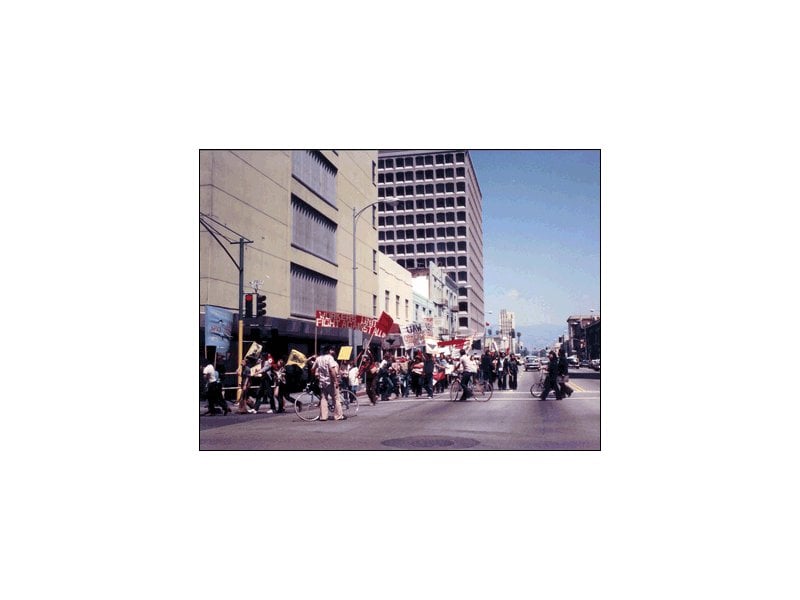191 alternative transportation systems

"Side by side with the boycott of a public transportation system, a parallel substitute system has occasionally been improvised. This occurred in the Montgomery, Alabama, bus boycott, already described in detail, almost immediately after its beginning. “In the early stages of the protest the problem of transportation demanded most of our attention,” Dr. Martin Luther King, Jr., later wrote. For the first few days Negro taxi companies followed an agreement to carry passengers for the ten cent bus fare, but a law which set a minimum taxi fare of forty-five cents required that other arrangements be made. Drawing on experience during an earlier bus boycott in Baton Rouge, Louisiana, the Montgomery group quickly decided to set up a volunteer private car pool. The new transportation system established forty-eight dispatch and forty-two pick-up stations by December 13. Dr. King reports: “In a few days this system was working astonishingly well” and even impressed the white segregationists. During the next year fifteen new station wagons were purchased for the transport system."...
Potentially awesome partners

Potentially problematic matches
High scoring campaigns using this method
Historical cases from the Nonviolent Action Database that used this method
African Americans boycott buses for integration in Montgomery, Alabama, U.S., 1955-1956
The yearlong boycott of Montgomery, Alabama’s city buses by between 40,000 and 50,000 African American residents was in the works for years before it began in December 1955. At that time in Montgomery, as well as in many cities across the southern Un...
African American passengers boycott segregated buses in Baton Rouge, 1953
The Jim Crow laws had been in full effect for quite some time before the 1950s era of Baton Rouge, Louisiana. The city, like most cities in the South, had laws regarding racial segregation. A major aspect of the city’s laws was the seating policy on ...
Tallahassee black community boycotts buses for desegregation, 1956-57
On May 27, 1956, Wilhelmina Jakes and Carrie Patterson, two female students at all-black Florida A+M University in Tallahassee, Florida, paid their ten-cent fares and boarded a segregated city bus. They sat in seats normally occupied by white people,...
Jackson, Tennessee students campaign for U.S. civil rights, 1960-1961
In the United States of America, the 1950s saw the emergence of key individuals in the building of the civil rights movement. The struggle for African Americans against their country’s institutionalized racism was highlighted by moments like Rosa Par...
Australians general strike for right to unionize, Brisbane, Australia, 1912
The Brisbane tramways, located in Queensland, Australia, were owned by General Electric Company, a private British company. Joseph Stillman Badger, an American, was its manager. He refused to allow the formation of any industrial union among the comp...
Ugandans protest rising fuel prices ("Walk to Work"), 2011
The Walk to Work was a campaign that happened in Uganda led by the leader of The Forum for Democratic Change, Kizza Besigye. Its main goal was to curb the high cost of living as result of high food and fuel prices.\n\nThis campaign started after the ...
Low scoring campaigns using this method
Historical cases from the Nonviolent Action Database that used this method




